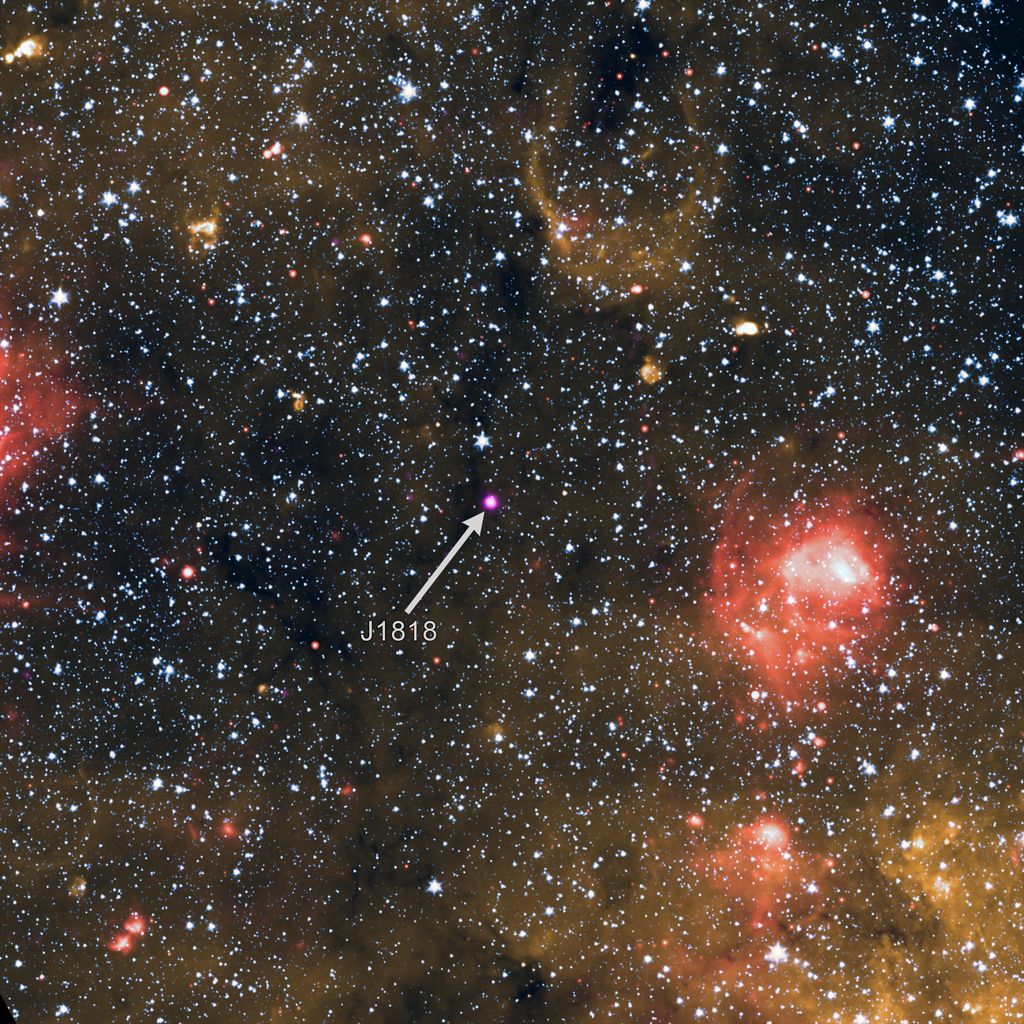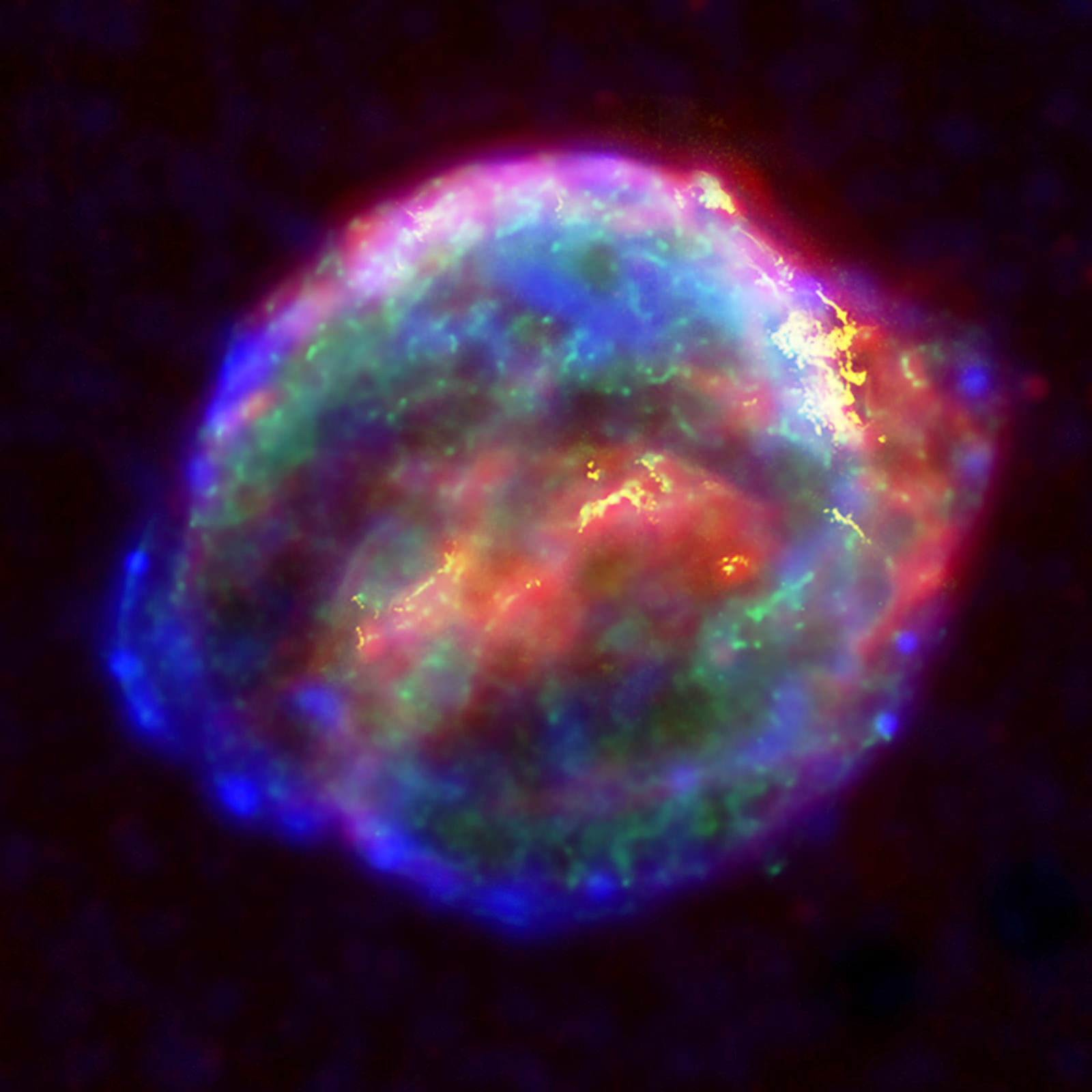Why is there so much antimatter in the Universe? Ordinary matter is far more plentiful than antimatter, but scientists keep detecting more and more antimatter in the form of positrons. More positrons reach Earth than standard models predict. Where do they come from?
Scientists think pulsars are one source, and a new study strengthens that idea.
Continue reading “A Pulsar is Blasting out Jets of Matter and Antimatter”









